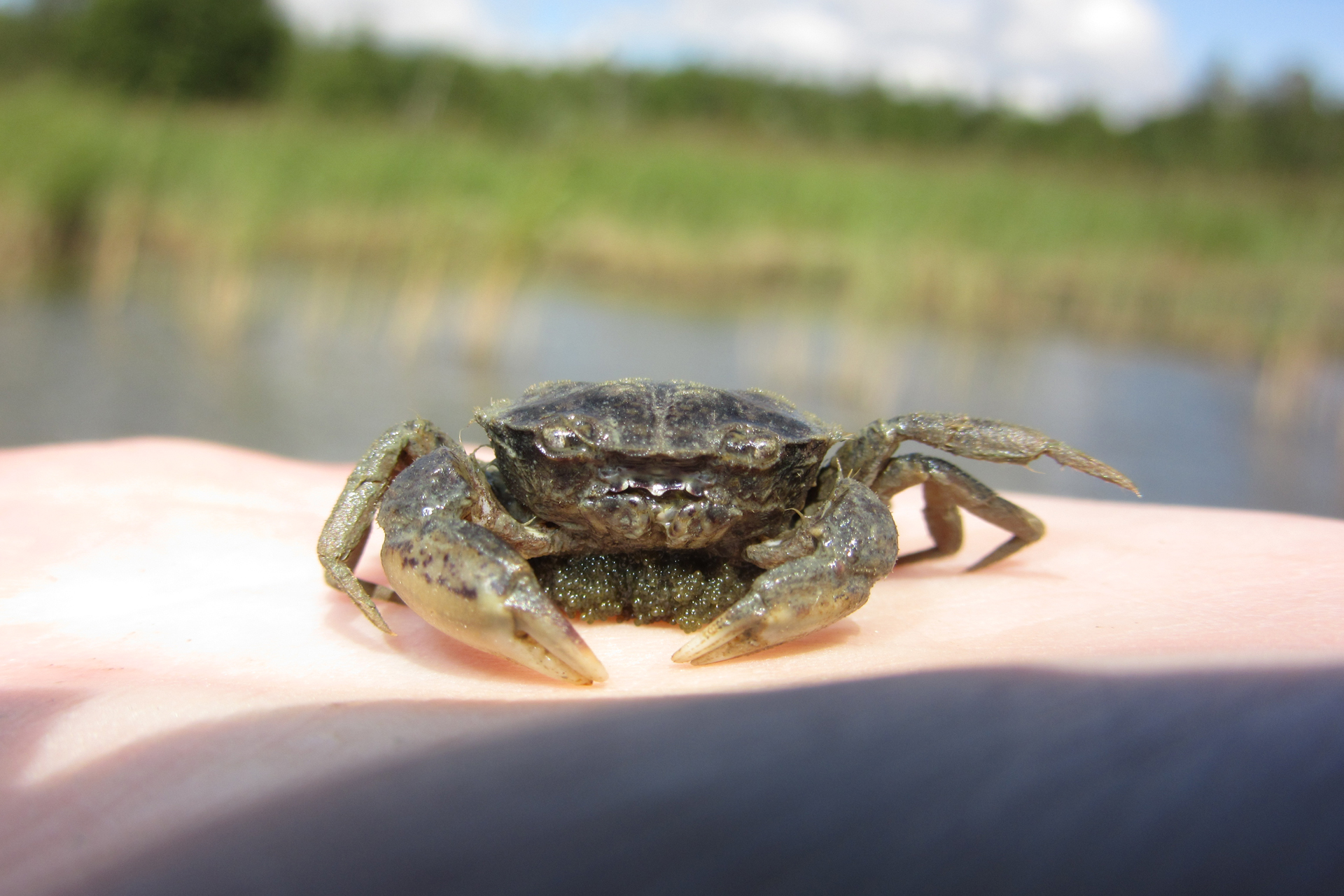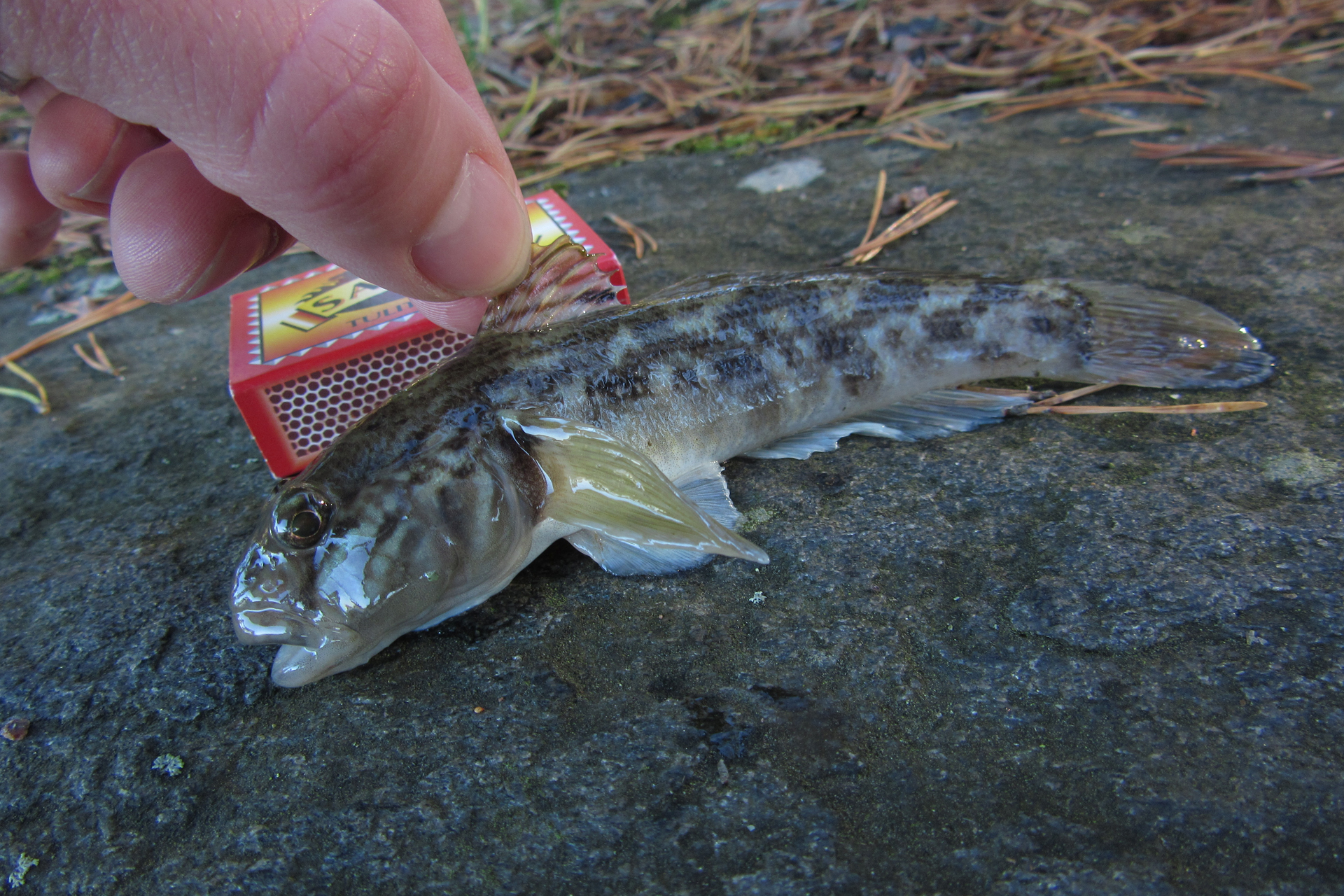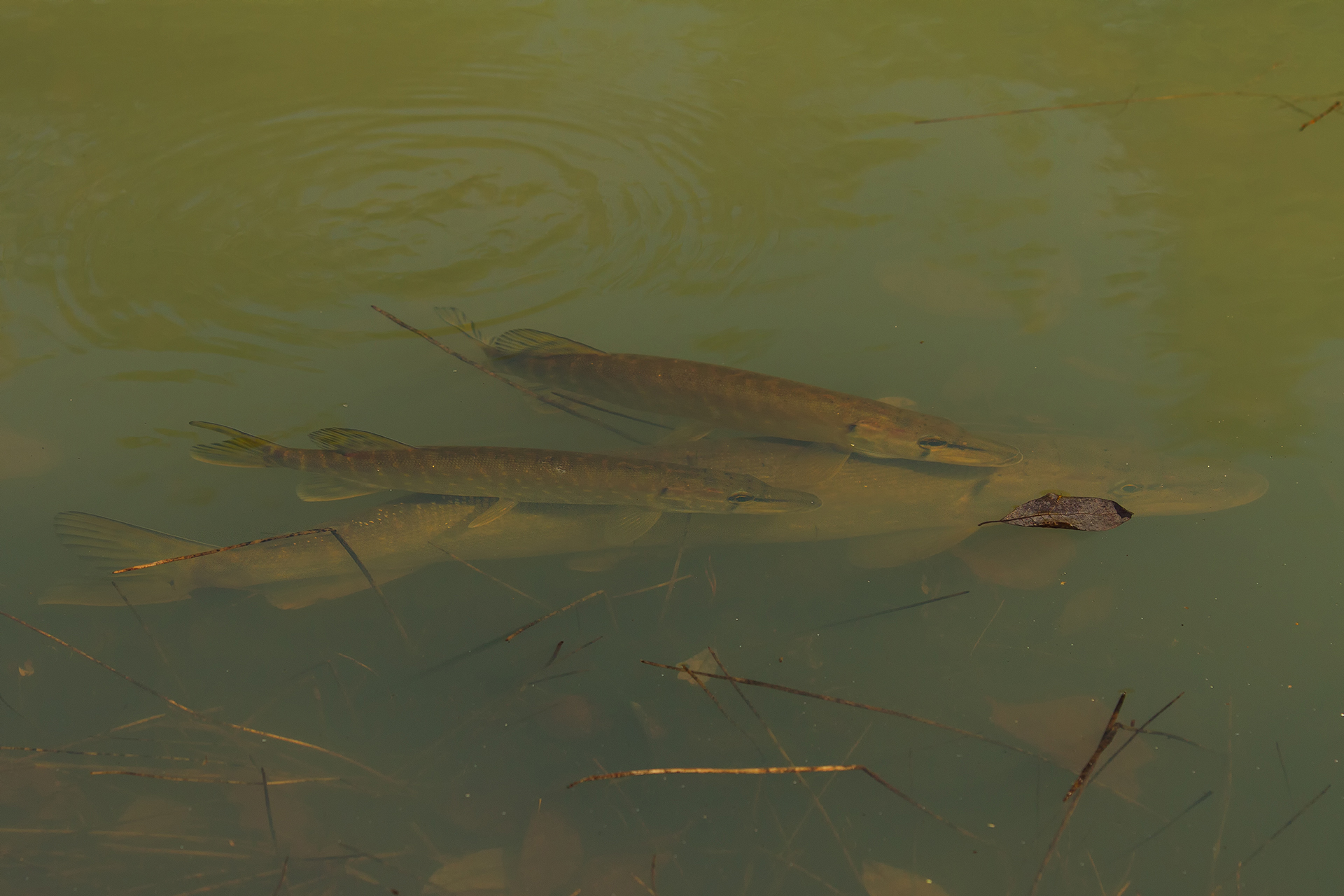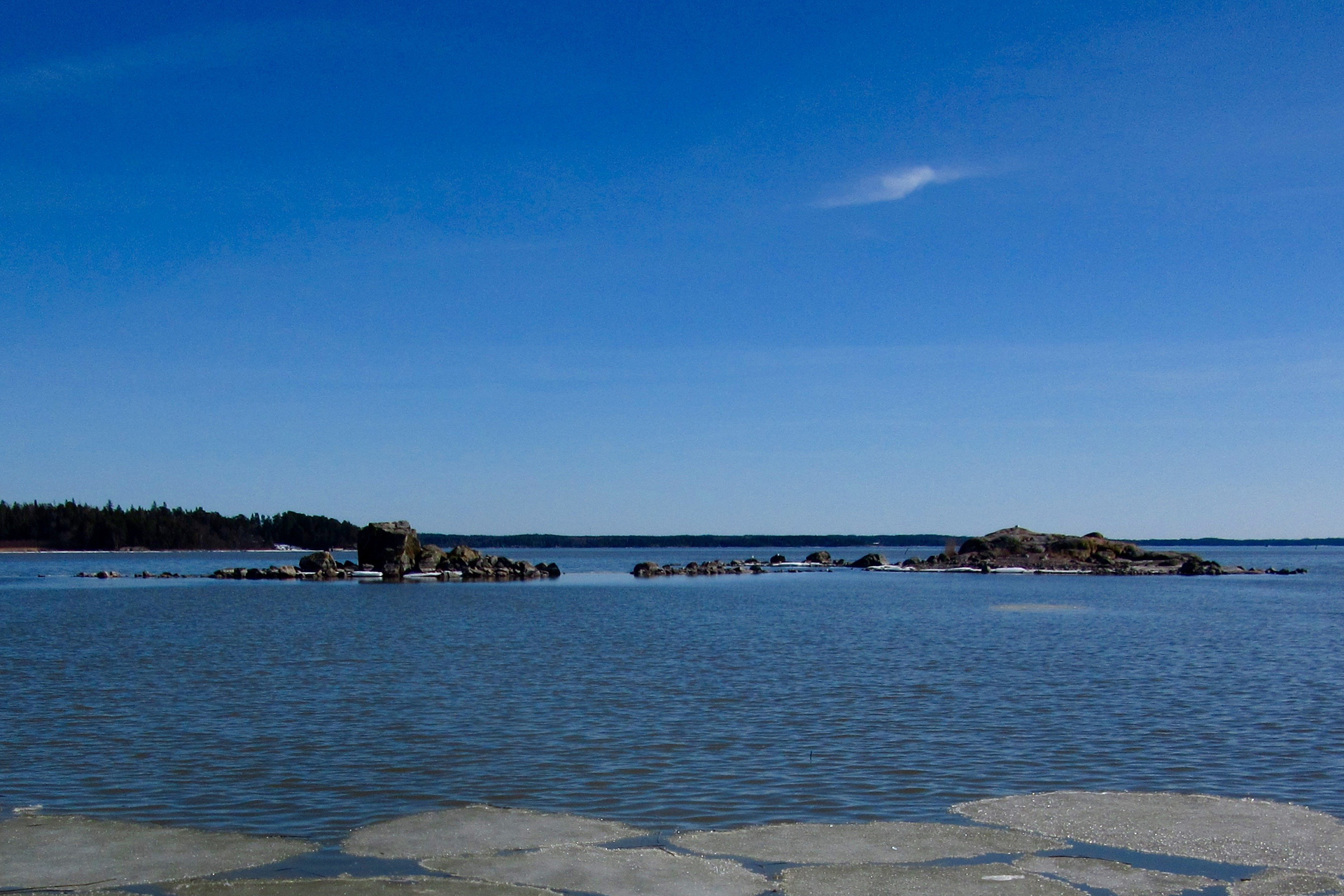The coastal waters of Ruissalo have been taken over by round gobies and Harris mud crabs!
What may sound like a tabloid headline is unfortunately the truth of it. The round goby (Neogobius melanostomus) and the Harris mud crab (Rhithropanopeus harrisii) are invasive alien species that arrived in Finland in the 2000s, most likely as stowaways on ships. Since then they have spread rapidly under the surface and now threaten native Finnish species and possibly the functioning of the entire aquatic ecosystem. Unfortunately eradicating an invasive alien species after it has been set loose in the sea and managed to establish a stable population is practically impossible.
The small, approximately 2-cm-long Harris mud crab is native to North America and incapable of crossing the Atlantic on its own. The first individuals most likely arrived in Finland in ship ballast water. The Harris mud crab was first spotted in Finland in 2009 and since then the species has spread across the Turku, Naantali and Kaarina region. Concerns have been raised, that as the species proliferates, it may begin competing with native species for food. Crabs also clog up water intakes and disrupt fishing by eating fish straight from nets and by tangling nets.
The round goby is a bottom-dwelling fish native to the Black Sea and Caspian Sea. The species arrived in Finland as an unwanted visitor aboard ships. It was first recorded in Kaarina in 2005 and has since been found all along the Finnish coast in the vicinity of 12 ports so far. The round goby is an aggressive fish that prefers shallow waters and eats the eggs and fry of other fish. If their numbers continue to increase, they may influence other fish populations and sway the interactions between species.



